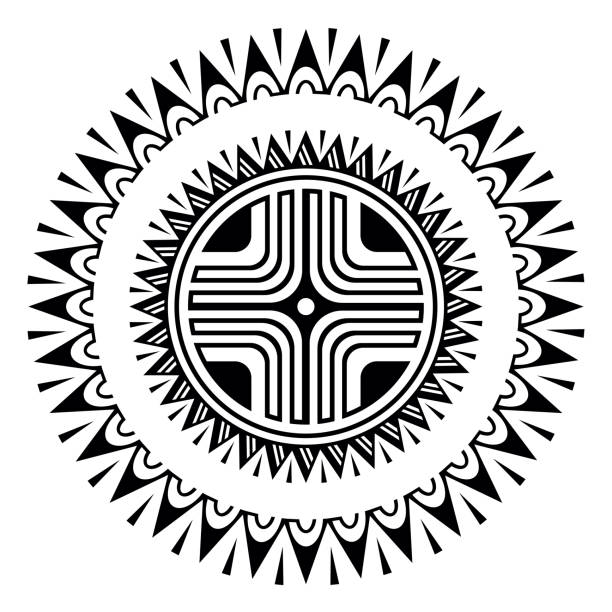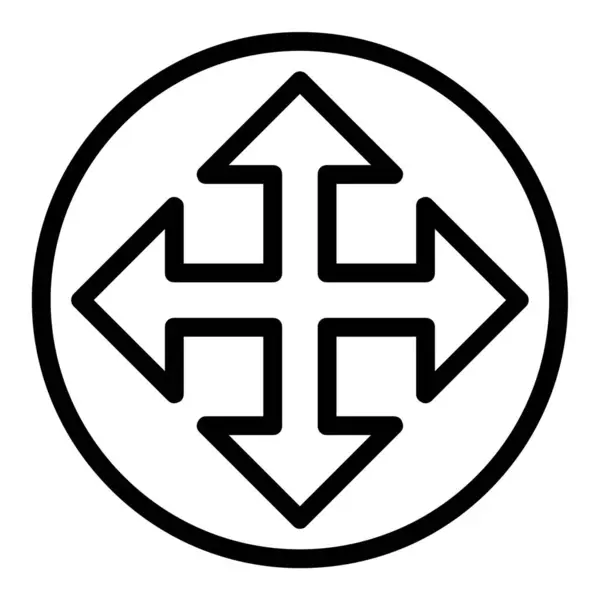Let’s talk about something that might make you uncomfortable, but hey, that’s life. The concept of Nazi Germany emoji is one of those taboo topics that stirs up strong emotions. It’s not just about symbols or digital art; it’s about history, culture, and the way we navigate sensitive issues in the modern world. So, buckle up because we’re diving headfirst into this controversial realm.
Now, before you start thinking I’m glorifying anything here, let me clarify: I’m not. What we’re doing is examining why these emojis exist, what they represent, and how they fit into today’s digital landscape. This isn’t about defending the indefensible; it’s about understanding the complexities of human behavior and technology.
So, if you’re ready to explore the dark corners of the internet and the historical baggage that comes with it, stick around. We’re going to break this down piece by piece, from the origins of these symbols to their impact on society. Trust me, it’s gonna be an eye-opener.
- Nia Malika Henderson Career Marriage Life Insights
- Unlock Wordtunes Ai Power Writing Summarizing More
Before we dive deeper, let’s set the stage. The phrase "Nazi Germany emoji" might sound absurd at first glance. After all, how do you reduce one of history’s darkest chapters to a tiny digital image? But the reality is, these symbols exist, and they carry immense weight. They’re not just random images; they’re loaded with meaning, both historical and contemporary.
What Exactly Are Nazi Germany Emoji?
Let’s get into the nitty-gritty. Nazi Germany emoji are digital representations of symbols, figures, or objects associated with the Nazi regime. Think swastikas, eagle insignias, or even Adolf Hitler’s mustache. These aren’t just random designs; they’re deeply tied to a period of history marked by genocide, war, and oppression.
Why Do These Emojis Exist?
Here’s where things get tricky. Some of these emojis were created purely as historical references, used by educators, historians, or researchers. Others, unfortunately, have been co-opted by extremist groups or individuals who want to spread hate online. The internet, as we all know, is a double-edged sword. It’s a platform for education, but it’s also a breeding ground for misinformation and harmful ideologies.
- Azula Asiancandy Onlyfans Info Leaks Get The Details
- Nj Burkett Wiki Wife Children And Career Updates News
Historical Context: Understanding the Roots
To truly grasp the significance of Nazi Germany emoji, we need to go back to the source. The Nazi Party rose to power in the 1930s under Adolf Hitler, leading to one of the most catastrophic periods in human history. The symbols they created weren’t just decorative; they were tools of propaganda, designed to instill fear and loyalty.
Key Symbols of the Nazi Regime
- Swastika: Originally an ancient symbol of good fortune, it was hijacked by the Nazis and became a mark of terror.
- Eagle with Swastika: A powerful emblem of Nazi authority, often seen on flags and buildings.
- Adolf Hitler’s Mustache: A distinctive feature that became synonymous with tyranny.
These symbols weren’t just visual; they carried ideological weight. They represented the ideals—or rather, the horrors—of the Nazi regime. And today, they continue to evoke strong reactions.
Modern-Day Usage: How These Symbols Resurface
In the digital age, nothing stays buried forever. Nazi Germany emoji have found their way into social media platforms, messaging apps, and even video games. But why? Some people use them ironically, others as a form of protest, and some—sadly—with malicious intent.
Irony vs. Harm: A Fine Line
Here’s the thing: humor and irony can be powerful tools, but they can also be dangerous. When someone uses a Nazi emoji ironically, it might seem harmless to them, but to others, it can feel like a slap in the face. The internet has a way of blurring the lines between intention and impact.
The Legal and Ethical Implications
Now, let’s talk about the elephant in the room. In many countries, displaying Nazi symbols is illegal. Germany, for instance, has strict laws against them. But what about the digital realm? Should platforms like Twitter or Instagram ban these emojis outright? Or is it a matter of free speech?
Platform Policies: A Balancing Act
Social media giants are constantly grappling with this issue. They want to protect users from hate speech, but they also have to respect freedom of expression. It’s a delicate balance, and there’s no easy answer. Some platforms have chosen to restrict or remove Nazi-related content, while others take a more hands-off approach.
The Psychological Impact: How These Symbols Affect Us
Let’s not forget the human element. Seeing a Nazi Germany emoji can trigger a range of emotions, especially for those who’ve experienced or studied the horrors of the Holocaust. For others, it might just be a curiosity or a joke. But the impact is real, and it varies from person to person.
Education as a Solution
One of the best ways to combat the misuse of these symbols is through education. When people understand the history behind them, they’re less likely to use them flippantly. Schools, museums, and online resources all play a crucial role in this process.
Case Studies: Real-World Examples
Let’s look at a few examples of how Nazi Germany emoji have been used—and misused—in recent years. In 2020, a controversy erupted when a popular app included a swastika emoji in its library. The backlash was swift, and the company quickly removed it. But incidents like this highlight the ongoing struggle to regulate digital content.
Lessons Learned: What These Cases Teach Us
Each case study offers valuable insights. They remind us that even in the digital age, we can’t ignore the power of symbols. Whether it’s a swastika or an eagle with a swastika, these images carry weight, and we need to handle them with care.
Alternatives and Solutions: Moving Forward
So, what can we do about this? One option is to create alternative symbols that promote peace, unity, and understanding. Instead of focusing on hate, we can celebrate diversity and inclusivity. It’s not a perfect solution, but it’s a start.
Community Efforts: Building a Better Internet
Communities play a vital role in shaping the digital landscape. By working together, we can promote positive content and discourage harmful behavior. It’s not just about what we post; it’s about how we interact with each other online.
Conclusion: Where Do We Go From Here?
Let’s recap. Nazi Germany emoji are more than just digital images; they’re symbols of a dark past that continue to influence the present. While their existence is controversial, it’s important to understand why they exist and how they affect us. Education, regulation, and community efforts are all key to addressing this issue.
So, what can you do? Start by educating yourself and others about the history behind these symbols. Speak up against hate speech and support platforms that prioritize safety and inclusivity. And remember, every click, share, or comment you make has an impact. Let’s make it a positive one.
Before you go, I’d love to hear your thoughts. Do you think Nazi Germany emoji should be banned entirely? Or is there a place for them in the digital world? Drop a comment below and let’s keep the conversation going.
Table of Contents
- What Exactly Are Nazi Germany Emoji?
- Historical Context: Understanding the Roots
- Modern-Day Usage: How These Symbols Resurface
- The Legal and Ethical Implications
- The Psychological Impact: How These Symbols Affect Us
- Case Studies: Real-World Examples
- Alternatives and Solutions: Moving Forward
- Conclusion: Where Do We Go From Here?
And there you have it. A deep dive into the world of Nazi Germany emoji. It’s not an easy topic, but it’s one that deserves attention. Thanks for reading, and don’t forget to share this article with your friends. Together, we can make the internet a better place.



Detail Author:
- Name : Brenden Hermann
- Username : slynch
- Email : kurt.cruickshank@stiedemann.net
- Birthdate : 2005-05-14
- Address : 27268 Stark Radial Jenkinsmouth, OK 77319-2820
- Phone : 478.306.1664
- Company : Dicki-Schultz
- Job : Sociologist
- Bio : Ad occaecati assumenda ipsa accusamus occaecati ducimus. Dolorum tempore rem possimus optio eaque. Quia est omnis est sequi exercitationem.
Socials
instagram:
- url : https://instagram.com/cgulgowski
- username : cgulgowski
- bio : Accusantium porro et quia delectus mollitia. Optio fugit modi quia veniam fugiat.
- followers : 6477
- following : 17
linkedin:
- url : https://linkedin.com/in/gulgowskic
- username : gulgowskic
- bio : Placeat laudantium veniam qui hic et.
- followers : 1715
- following : 1810
twitter:
- url : https://twitter.com/coralie_xx
- username : coralie_xx
- bio : Provident non consequatur voluptatum ut totam. Quaerat commodi ad vitae minima consequatur. Omnis repudiandae ipsum soluta quam quisquam repellat.
- followers : 5943
- following : 374
